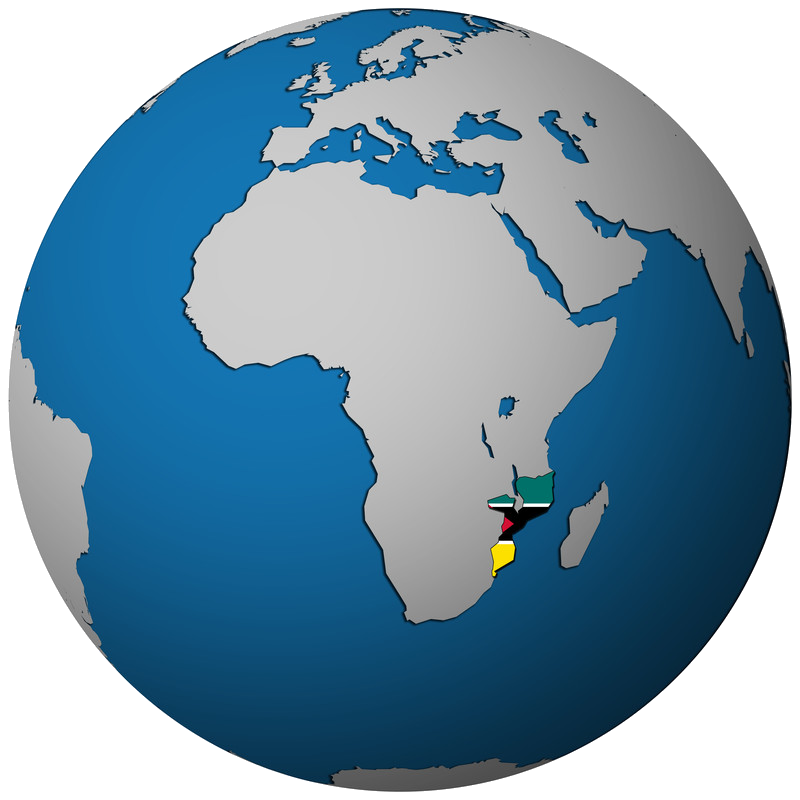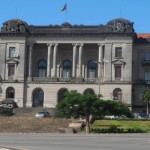Lugares para Visitar
Sofala (Beira)
The town square of Mozambique’s second city is surrounded by old colonial buildings, terraces, tea rooms and shops while there are many others buildings of note including the cathedral built partly from stones from the 16th century Fort of Sofala. Visitors should spend some time in the lively markets and a visit to the shipwreck. Near the lighthouse is also worthwhile.
Other places to visit:
– Estação dos CFM (Praça dos trabalhadores)
– Canal de Chiveve;
– Casa dos Bicos;
– Praia de Savana;
– Praia de Macuri;
– Parque Nacional de Gorongoza;
– Reserva de Marromeu
Mozambique Island (llha de Mocambique)
Known as World heritage site, this former capital of Portuguese East Africa was a trading post, for gold ivory and slaves, used by Portuguese ships on their way to India. The old part of the historical and architectural features. Numerous buildings, some constructed of coral, date from the 16th century.
Ibo Island
Part of the Quirimbas Archipelago and a former Portuguese trading post, this beautiful island is only accessible by boat from Pemba. It is well worth the effort. Quirimbas National Park includes coastal as well mainland areas and features protected species such as dolphins, dugongs and turtles.
Cabo delegado (Pemba)
Located in the far north, where the bush meets the beach, much of the natural beauty of Pemba has been preserved. The old Town contains several traditional markets where souvenirs include antique silverware. From Pemba tourists can hire a boat to visit the lovely Ibo Island.
Maniva (Chimoio)
To the west of the country, Chimoio is an important commercial centre. The best known feature of the city is a spectacular natural stone formation, known as Cabeca do Velho, which resembles the face of an old man. About 36 km from chimoio is the Chicamba Real dam, a stunning sight with the sheared off rock forming a natural V-shape to house the dam.
Maputo
Mozambique’s capital, formerly known as Lourenco Marques evokes much of its Portuguese colonial past with its wide avenues lined with acacia and jacaranda trees. The city has excellent Hotels and restaurants and offers visitors the opportunity to view innumerable sights of historical, cultural and scenic beauty.
Zambezia (Quelimane)
An important river port 470 km north of Beira, Quelimane is within reach of Gile Game Reserve, a number of hot-water Springs, and the tea plantations of the Gurue Mountains.
MANDA Community Project
In the far north, near the borders with Malawi and Tanzania, this new reserve was established with the active participation of the local people. Elephant, leopard lion, buffalo, sable and wild dog may be seen while the area is particularly rewarding for ornithologists and botanists.
Lake Niassa
Located in the north west corner of the country , and size of an inland sea, the pure clear waters of the lake offers superb fishing, snorkelling and other water-sports. Mozambique shares the lake, renowned for its plethora of tropical fish, with Malawi where it is called Lake Malawi.
Xai-Xai
A popular tourist destination, with a magnificent beach and a massive reef providing protection from the waves. The Limpopo River flows into the Indian Ocean south of the town.
Tete
Tete, on a plateau some 500m above sea level, is one of the hottest parts of the country. The impressive Suspension bridge crosses the Zambezi River and links Tete with the mining town of Moatize. Some 150 km from Tete is the Cabora Bassa Dam, the second largest in Africa.
Vilanculos
Best known as the gateway to the Bazaruto Archipelago, Vilanculos also boasts its own beach resorts and a Coastal wildlife Sanctuary.
Inhambane
Some 470 km north of Maputo, the city of Inhambane was established as a Portuguese trading post in 1534, making it the second oldest city in Mozambique and one of the oldest city European settlements in Southern Africa.






